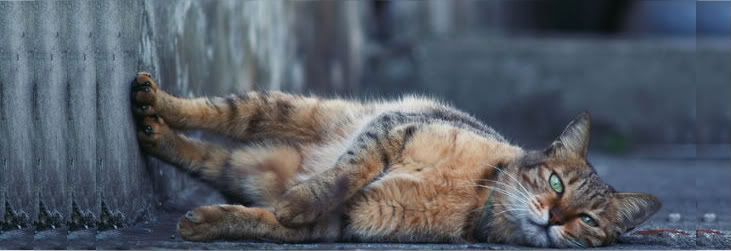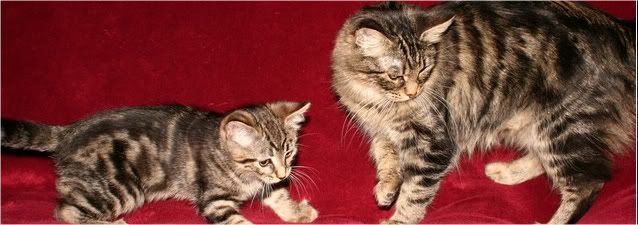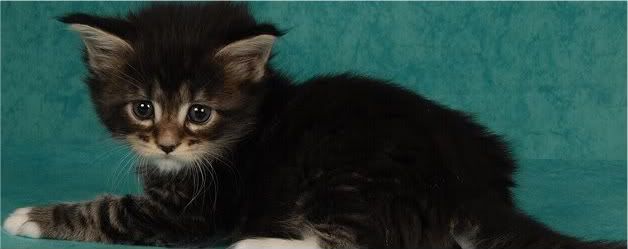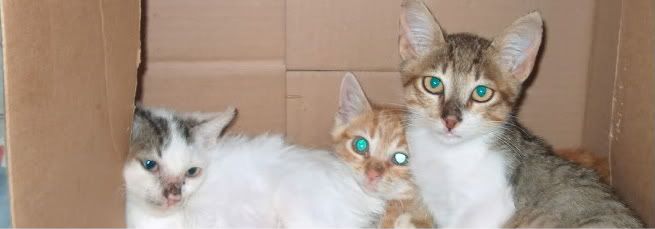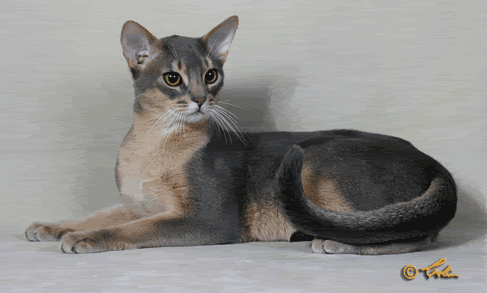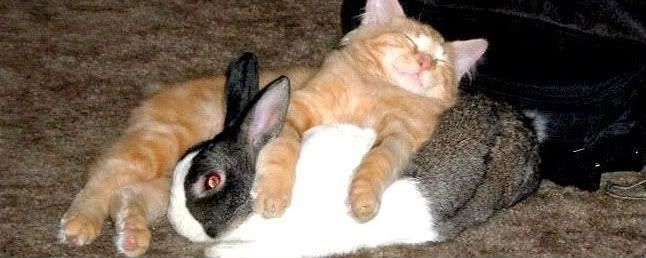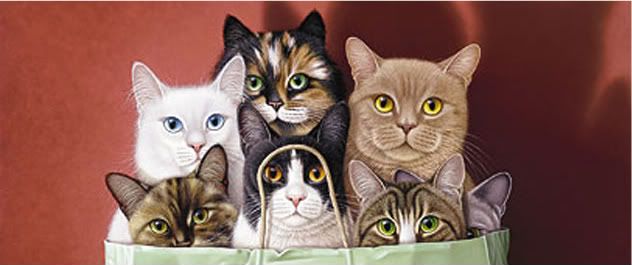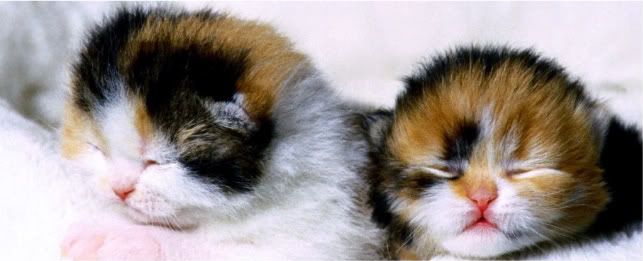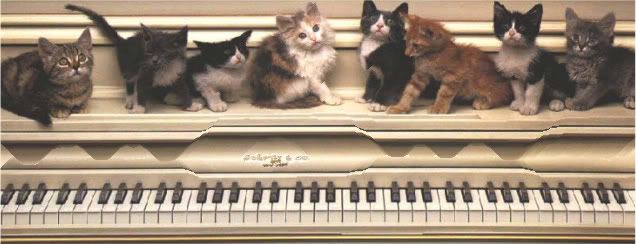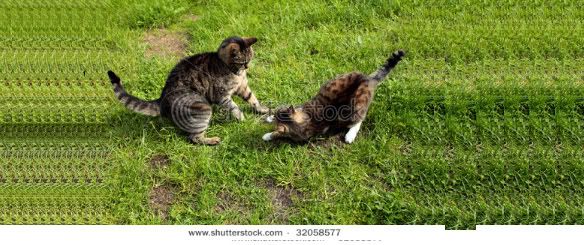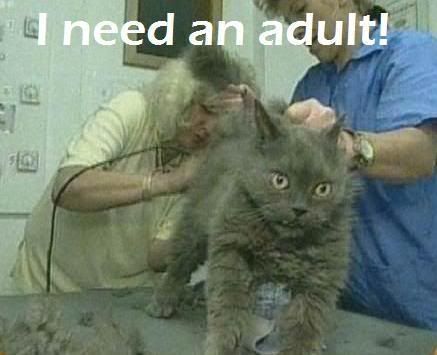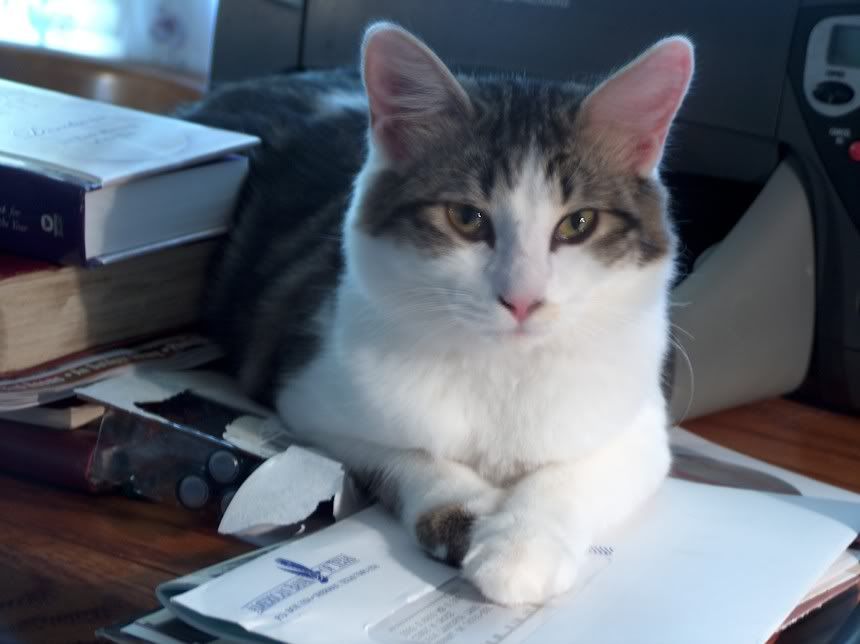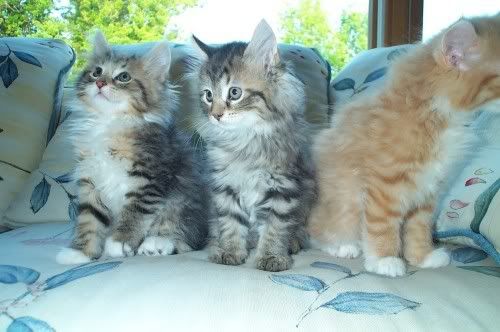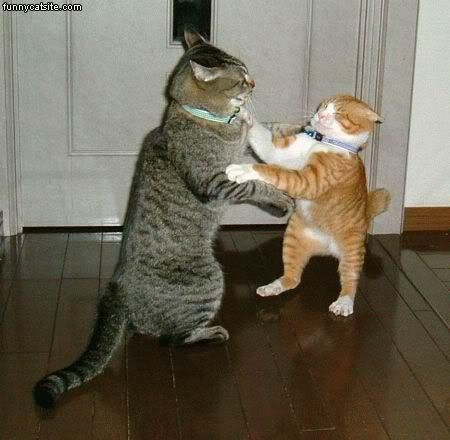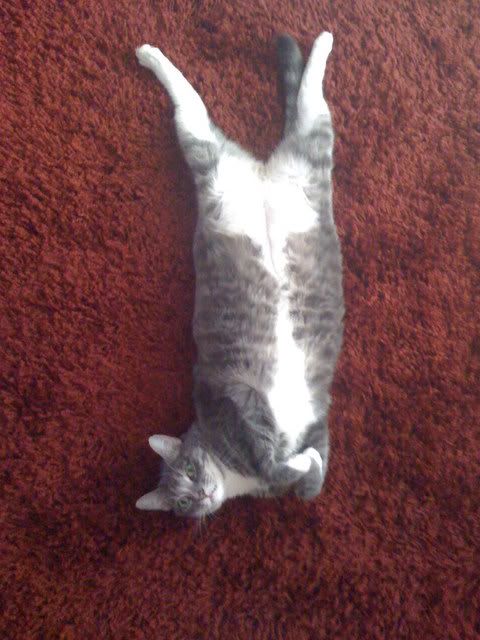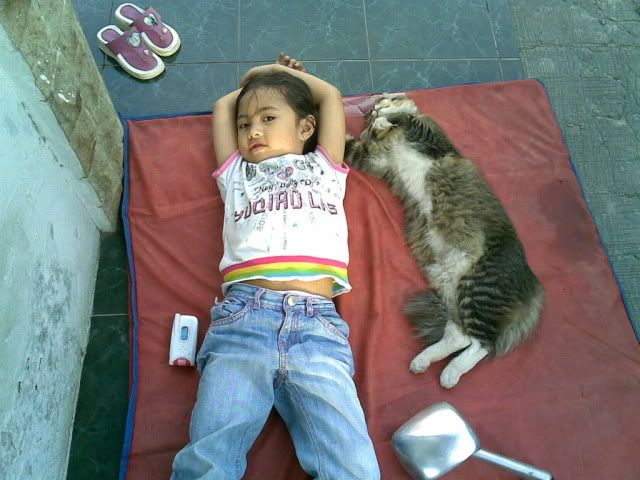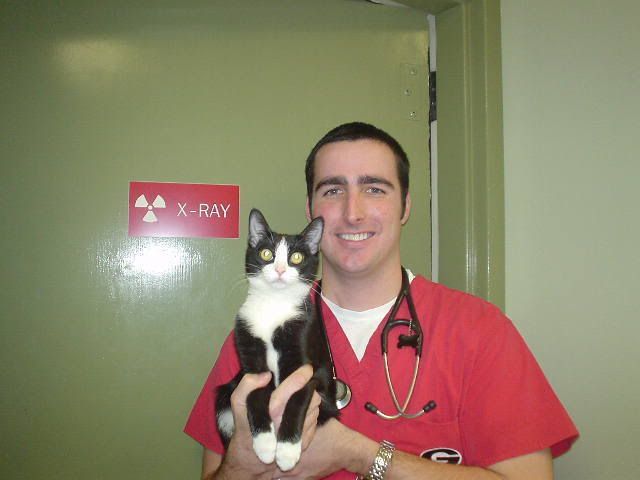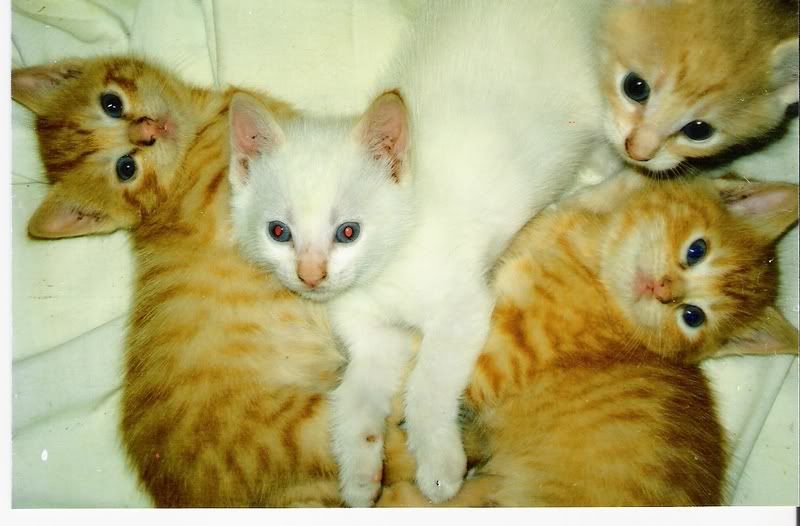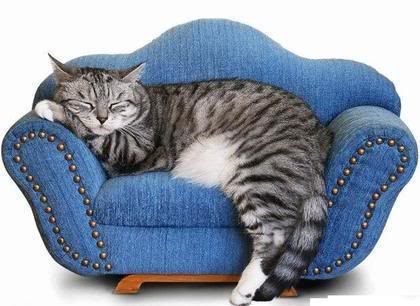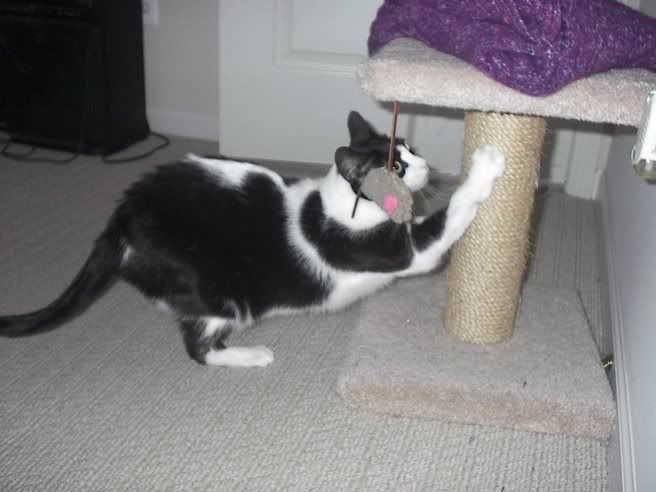Discipline in General 
The first and most important thing to remember is that she's a cat, not a very short, 4-legged person. It also helps to realize that she will likely think of you as a very large cat, admittedly with some peculiar non-cat foibles (such as an appalling lack of talent at mice-catching). Try to look at things from her viewpoint--she really does have a reason for what she's doing.
Second, never, ever hit your cat. I have found that an attempt to be reasonable, as odd as that may sound, works best. (Example: King was in the habit of taking other cat's tidbits out from under their nose; he'd been doing it for years. As I was sitting on the kitchen floor one day, giving out handouts, I observed him doing this - I pushed my hand up into his face, pushing him back slightly, and said, "King sweetheart, we DON'T steal from each other."
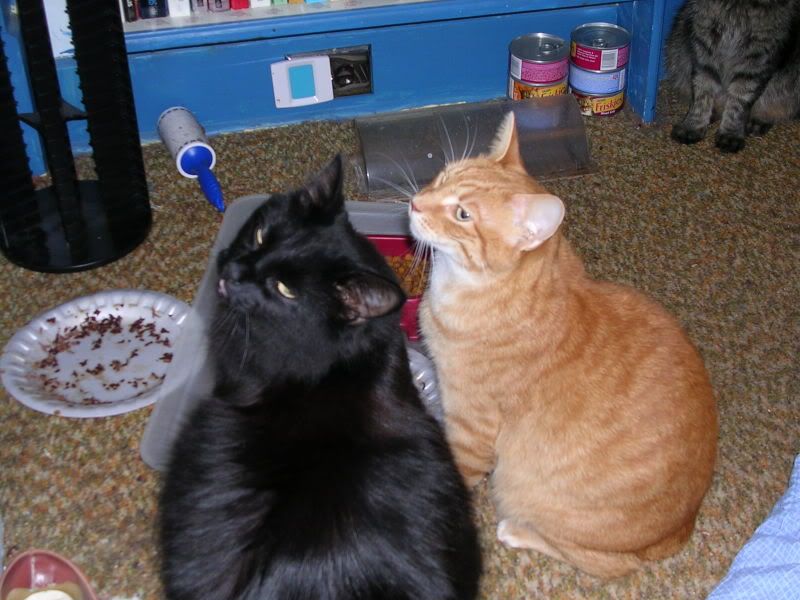
He hasn't done it since; in fact, he looks up at me to ask permission to eat another cat's leftovers when they walk away.)
Using the same reprimand word works best - though I tend to talk in full sentences to my cats (they are, after all, much more intelligent than anybody else's cats), most people find that simply saying "NO!" in a firm, no-nonsense voice for all infractions works well. If he won't listen, keep a squirt bottle of plain water handy (be sure to keep the bottle away from your children, so they don't use it as a toy against your cat). Or toss your keys toward him - not at him - so the noise will startle him. My youngest cat knows when she's not suppose to do certain things, so if she's being "bad," I whistle and she almost always stops what she is doing.
Getting Your Cat to Come to You 
Unlike dogs and children, cats are unlikely to come to you just because you want them to obey. However, a cat who knows he will be warmly petted, brushed, will receive a treat, or an extended period of lap-napping, is more likely to get up, stretch, look casually around, and then wander over to you (displaying, for all intents and purposes, the attitude that it was his idea in the first place). No animal will come to you willingly if you are raising your voice or if they think they are going to be punished.
Cats, by the way, respond best to names that end in an "ee" sound. You will most likely get a better response if you shorten Prince Zadrach of Dominquez' name to Zaddy, for example. Too, they seem to respond better to a higher-pitched tone of voice.
See related article Does Your Cat Come When You Call?
Your Cat and Plants 
To prevent your cat from digging in the dirt around your houseplants, go to your local craft store and buy a few pieces of the plastic needlepoint mesh. Cut it to fit the pot, with a slit and an opening for the plant. Place it on top of the dirt. Or, dampen a cotton ball with oil of clove, then bury the cotton ball just below the surface.
To stop him from chewing on houseplants, you can buy Bitter Apple from your local pet store and spray it on the leaves. Here is a list of plants that are toxic to your cat.

To keep cats out of the garden, pour 2 quarts of water into a large watering can and add 5 tablespoons flour, 4 tablespoons dry mustard, 3 tablespoons cayenne pepper, and 2 tablespoons chili powder. Mix it and sprinkle it around flowers and bulbs.
Chewing on Electrical Cords 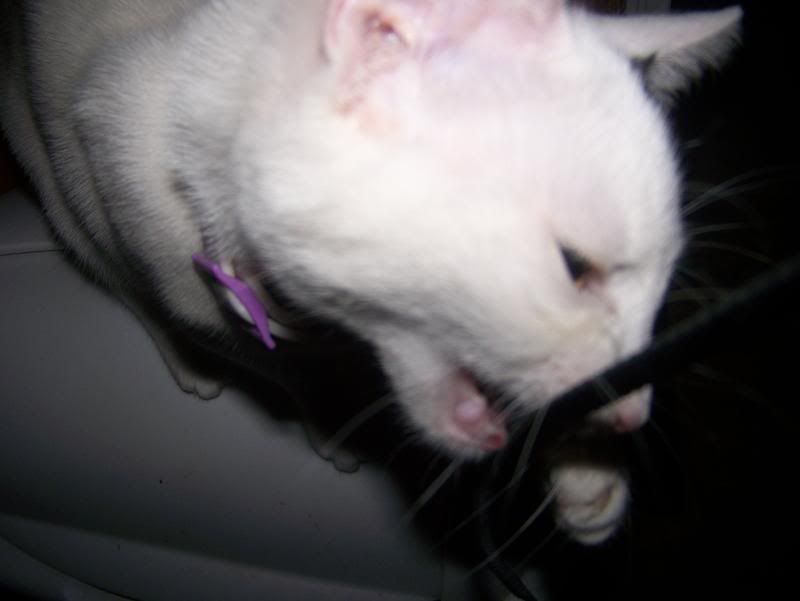
Coating the cord with a pasty mixture of cayenne pepper, hot pepper sauce, nail-biting nail polish, or orange/lemon peel seems to work in most cases. A better solution might be to put the cords into a cardboard tube, which has the added advantage of keeping them all in one organized bundle. You can purchase mailing tubes, or simply save the cardboard tubes from your wrapping paper. If it's ugly, cover with Contac paper.
Your Cat and the Curtains 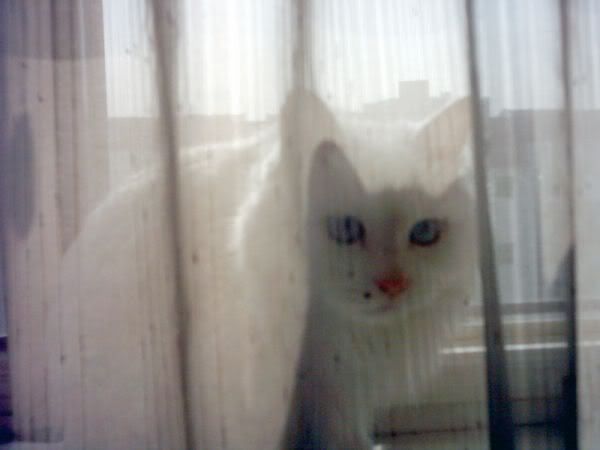
Cats like to climb. You may end up doing both of you a favor if you simply put blinds or roll-up shades at the window so the cat won't be tempted to shred or climb any curtains. We use vertical blinds here, since the cats can just push them aside to get to the window sill. You might want to review the information on window curtain safety as well as the available window covering options at the Window Improvements website.
For safety sake, make sure that the pull-cord is not a loop; cut it so there are two strings so neither your cat nor your child will inadvertently get it caught around their neck.
If you must have curtains, you could try installing tension rods that will fall down (frightening, not hurting) the cat when they climb.
The Garbage Can 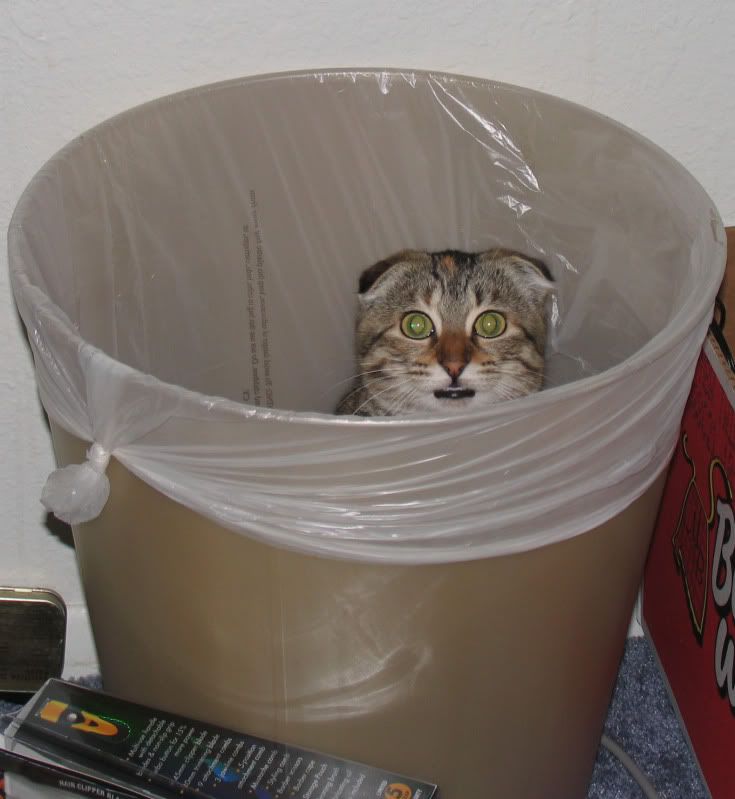
If the smells and tidbits in the garbage can continually peak your cat's interest, get one with a lid, or keep it under the sink.
Unrolling the Toilet Paper or Shredding Kleenex 
Personally, I am always amused when a cat goes in and rolls all the paper off the toilet roll. However, most people are not as tolerant (or easily amused) as I am - the solution I've suggested to others is to simply install the toilet roll so the edge of the paper doesn't roll over the top toward the front. When your cat discovers he can no longer unroll the paper, he'll probably stop trying and you can install subsequent rolls so it rolls off to the front. There are options you can purchase - like a hidden toilet paper holder. If you're a crafty type, make your own cover: buy an inexpensive white plastic notebook, cut it down to the width of the toilet paper insert. Then use double-sided tape or velcro to stick it to the inside top of the holder. Kitty won't be able to get her paws on the toilet paper roll.
If your kitty persists in pulling out pawfuls of facial tissues from the box, turn the box upside down.
The Carpet 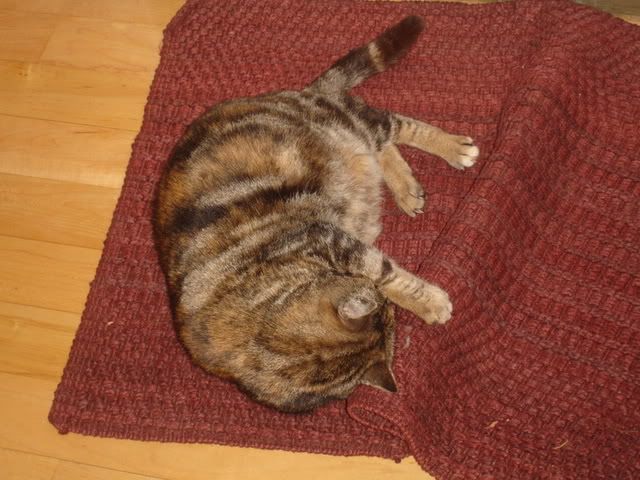
A few owners have a problem with their cat shredding the carpet, even with a convenient scratching post. First, look at the scratching post from a cat's viewpoint: it's covered with carpet .... this stuff on the floor has the same feel. Hmmm.... Since it's less costly to replace the scratching post than the carpeting, try getting a post that is covered with sisal fabric or rope, corrugated cardboard, or carpet turned wrong-way out.
If the cat is always scratching (or worse) at a particular spot in the carpeting, the reason might be due to a strong smell in that one spot - go to the vet or pet store and get an enzymatic cleaner specific for pet smells, then clean it thoroughly.
Dirty Chins 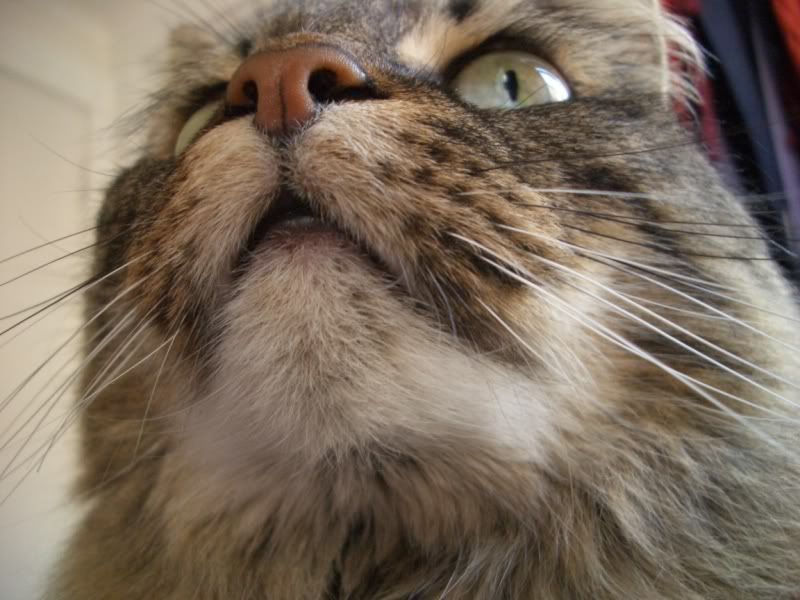
You may notice that your cat has a dirty chin - little black spots that look like acne. Simply put, it IS acne. And it can be quite painful, so you should take steps to get it cured as soon as possible. Though you might want to check with your vet, who can provide you with some medicine, you might want to try this first: Clean the area with hydrogen peroxide (pour some on a clean white washcloth, and sponge off the chin). You'll probably need to do this twice a day for a week or so.
Next, take a look at the food dishes: how often do you clean them? Are they plastic? Are they very deep? Cat food dishes should be cleaned on a daily basis, particularly if you are feeding canned food. Plastic dishes may aggravate the acne, and deep food bowls definitely will. (Ours eat out of glass custard dishes.)
Also see Sloppy Eaters below.
Biting 
Does your cat bite when he plays? Respond as a cat: hiss at him. Or scream in painful agony; he'll stop (though he might not play with you for a long while). I had a cat that accidentally drew blood while we were playing - I put my arm up to his nose so he could smell the droplets of blood, and he never bit again.
The Counters and Table 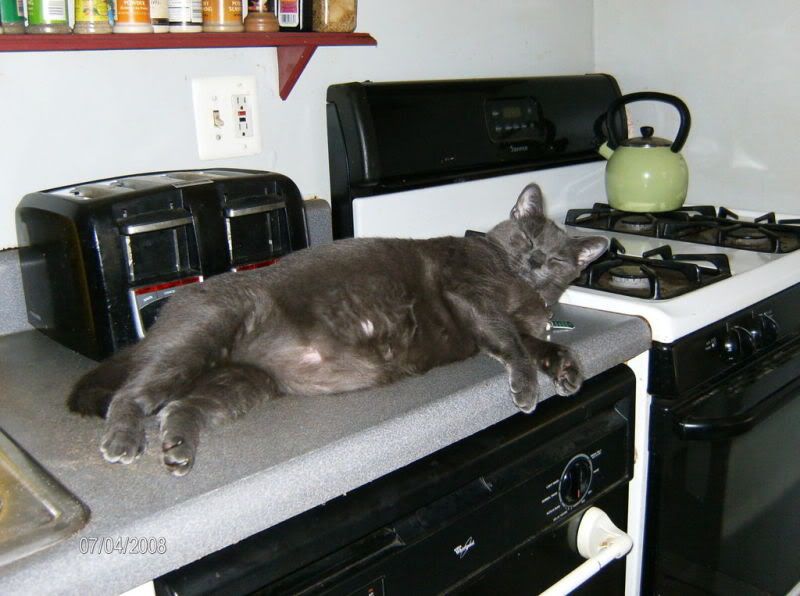
In our house, cats are allowed to get on the kitchen counter because that's the only way they can reach "their" two-shelf, rug-covered greenhouse window. They are not allowed on the kitchen table. It took 2 days to untrain Galahad and Stanley (for the previous 10 years, in a different household, they had been allowed on the kitchen table, even during meals). I simply picked them up, said "NO! You can't be on the table" and dropped them gently but firmly onto the floor. Some people resort to more intense retraining - spraying the cat with a water bottle, tossing it out of the room, etc., but use those as a last resort.
Stacking pots and pans near the edge of the counter, so they clatter and fall when the cat jumps up, will likely prevent him from jumping up in the future. You can also tape strips of velcro - the looped side on your counter temporarily; landing on the stiff loops may be uncomfortable enough to get your message across. Or, you might want to invest in a more high-tech aversion solution: a scat mat.
By the way, it took 2 days to convince Su-Su that she COULD now get up on the counter, after I installed the greenhouse window. I had to pick her up off the floor, put her on the counter, and gently nudge her toward it.
Scratching Furniture/Declawing 
First, please note that declawing your cat so he won't scratch your furniture is cruel and inhumane. It is the equivalent of cutting off your finger up to the first knuckle. There can be serious physical and psychological effects.
Instead, you should train your cat to use a scratching post. Other alternatives include a quick, painless trimming of his claws (which you can do at home using special clippers) or covering the claws with soft sheaths (which you can purchase relatively inexpensively).
Scratching is one of your cat's most ingrained instincts. Keep a scratching post near where the cat usually sleeps or, if he has already picked out a corner of your sofa, keep it next to that chosen spot. You may need to train your cat to use his scratching post. Do not pick him up and put his paws on the scratching post (that will only make him want to avoid it). Make the scratching post appealing to him: rub catnip on it or mist it with catnip spray; drape a heavy string (a long leather shoelace works great) over it and wiggle it to catch his interest; put treats on the very top.
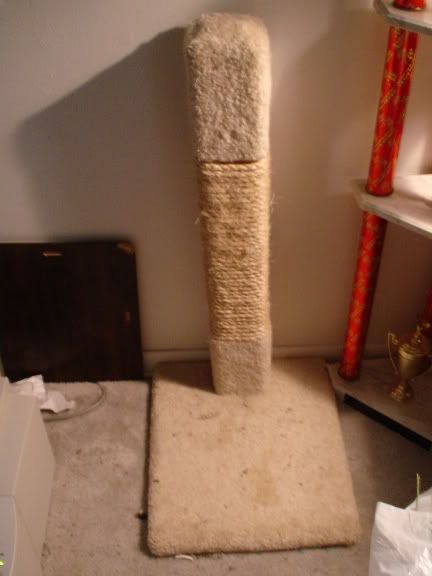
Important: Invest in a scratching post that is 24" or 30" tall, with a sturdy base - your cat may be using the arm of the sofa because he can stretch higher than his scratching post will allow. Most of the ones you will find at the store are only 18" high so you may need to visit a pet supply store.
I recently found THE best scratching post for our cats! It's made out of rough sisal (NOT the rope, a weave!). It's tall (29 inches), doesn't fall over, doesn't wobble, and doesn't slide across the floor. And, of course, the best part: all the cats love it. It's called the TopCat Sisal Scratching Post.

A few cats don't like scratching on a vertical post, but will scratch willingly on a flat scratching pad. If your cat prefers a flat surface, you can either buy one of the cardboard scratching boxes (typically available from mail order or pet stores), or buy a scrap of plywood and a carpet remnant, large enough to fold around onto the back of the plywood. Cut the corners on an angle, fold the carpet remnant over the wood, and tack the carpet on using carpet tacks or heavy-duty staples.
Sometimes changing to a scratching post that is covered with sisal rope or a different texture will kindle his interest in the post, as well.

An additional idea, one that worked well when there were more vacant rooms in the house, is to follow the instructions above for a flat-surface scratching pad, then mount it on the wall at a convenient height for the cat, in a hallway or in the laundry room.
Other solutions: If he's scratching wood furniture, rub strong-smelling furniture polish into it. For sofa and chair sides, cover the edges of the sofa with heavy plastic (available at your local fabric store - typically used to cover footstools or protect tablecloths - you can buy twist-pins while you're there to hold the place neatly in place) or aluminum foil for a retro, funky look (use velcro or double-stick tape to hold in place). Or spray a cloth thoroughly with one of the sprays formulated for keeping a cat off the furniture, and pin it to the sofa, chair, or your speakers (don't spray directly onto the furniture). Or, put strips of self-adhesive velcro (loop side out) on the favored scratching spots. If all else fails, everytime you see him actively clawing the furniture, spray him lightly from a bottle of water (do this only when he is actually scratching, not when he is approaching or leaving the furniture).
Related pages: What About Declawing?, Choosing the Scratching Post 
Safety tip: If you have a "cat tree" (typically covered with carpeting for easily climbing up and jumping off of) for your cat, please anchor it securely to the wall or floor so there will be no chance of it falling on your kitty and injuring him.
The Litter Box 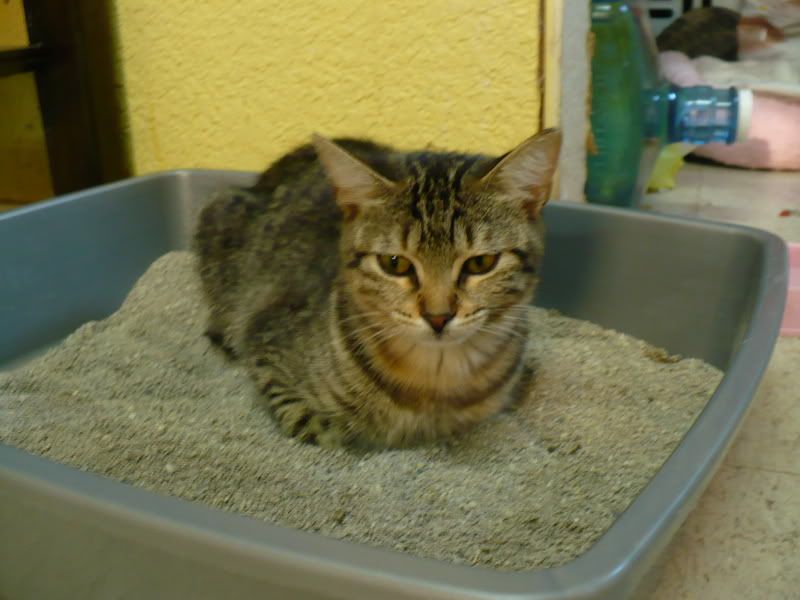
Some 10 years ago, I decided to solve the smelly cat-box by simply using a stainless-steel buffet double-boiler pan. Those are used by restaurants (and buffets) to hold food; they're about a foot wide by two long. The stainless steel is not scratched by the claws (so it does not retain smelly stuff), and is easily cleaned (CLR lime remover does wonders).
And to keep spills from getting all over the place, I leave it in the bathtub, which I can rinse with the hand-held shower sprayer (it also makes me clean it with bleach whenever I take a bath - you might have guessed that I'm a bachelor...).
Jim Qwilleran, hero of Lilian Jackson Braun's The Cat Who books, uses a turkey roaster for his cats' litter box.
Adding a New Cat 
The solution I have found to work best is to give the new cat, especially if he is an adult, his own room for a couple of days, one that isn't another cat's favored room, of course. (The younger your cats are, the less time will be needed by the way; older cats, like people, become very set in their ways and don't welcome change.) Keep the door closed, and visit the newcomer frequently, talking with him and petting him. Remember he'll need a litter box; preferably, feed him in the room for at least the first day as well. Then, open the door for longer and longer periods, so he can come out and explore.
When you see one of your existing cats go into the room, follow him inside - then sit on the floor, one cat on each side, and pet and talk to each at the same time. The idea is to demonstrate to both of them that they are each mutually loved and appreciated. It is very important in a multi-cat household that you give each cat the same amount of affection - they will have enough to deal with amongst themselves when establishing who's top-cat, without you compounding the situation by showing favoritism.
Petting and Stuff 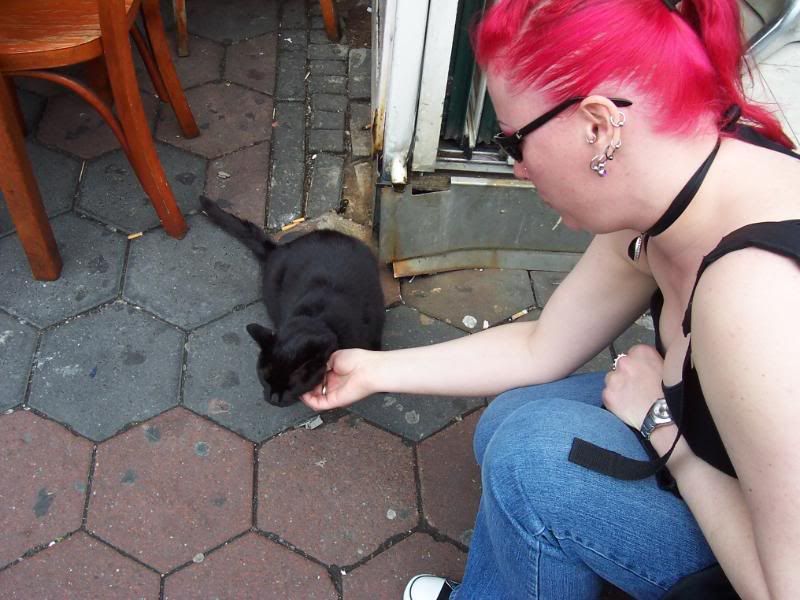
Most cats like to be stroked on their forehead, between the ears (Libby will approach me, throwing back her head to make sure I do the forehead-thing). They also like to be skritched under the chin and along the throat. If they trust you a lot, they'll roll over onto their back for stomach-skritching. Always pet a cat in the direction of its fur, and be aware that the spot just above the tail is sensitive - some cats adore being scratched there, others hate it. If your cat suddently nips you while you are petting it, it may be because he's "overdosed" on the pleasurable sensations: some cats can tolerate only a few minutes of being petted, while others will happily doze in your lap, being stroked for hours.
Whenever I walk through a room in the house, I pet any cat walking by or lying within arm's reach - they seem to enjoy the acknowledgement of their presence.

If your cat isn't a cuddle kitty and tries to jump out of your arms, don't force him to stay. (Help him down gently, don't let him jump out of your arms.) You can build up his "tolerance" to being held by picking him up frequently for a quick cuddle, and can extend it usually by a few seconds or minutes each time. Note, too, that your cat is more likely to want to snuggle when you want him to if you pay attention to him and play with him at other times.
Ever wonder why your cat becomes a real pest when you start talking on the phone? A popular viewpoint is that the cat doesn't see the person you are talking to, so he assumes you are talking to him.
Never pick up a cat by the scruff of its neck, even if it's a kitten. Pick him up with one hand under his chest, and with the other, scoop up his back feet. I hold my cats with two hands - one under their back feet, with the front paws resting over my other arm or shoulder.
Moving with Your Cat 
Your cat should be the last thing you "pack up," and if you're moving only across town, you should have the furniture in place at the new house before he arrives. If you're moving farther, his carrier should be roomy, certainly tall enough that he can stand up and turn around; it will help him very much if you put something in with him that has a familiar smell - the towel from his basket, for example. If he'll be in the car for several hours, a litterbox, food and water are essential - and yes, if he isn't allowed in your hotel room, the litterbox should be in the car where he can use it in privacy; there's no way you are going to get him on a leash and to do his "business" on command on a grassy parkway.
When he arrives at the new house, if you're still arranging furniture, or if the movers are coming and going, put him in a quiet, safe room out of traffic and keep the door closed. Do check on him periodically (talking to and petting him each time), and make sure he has the necessities (litterbox, food, water, and a comfy place to sleep).
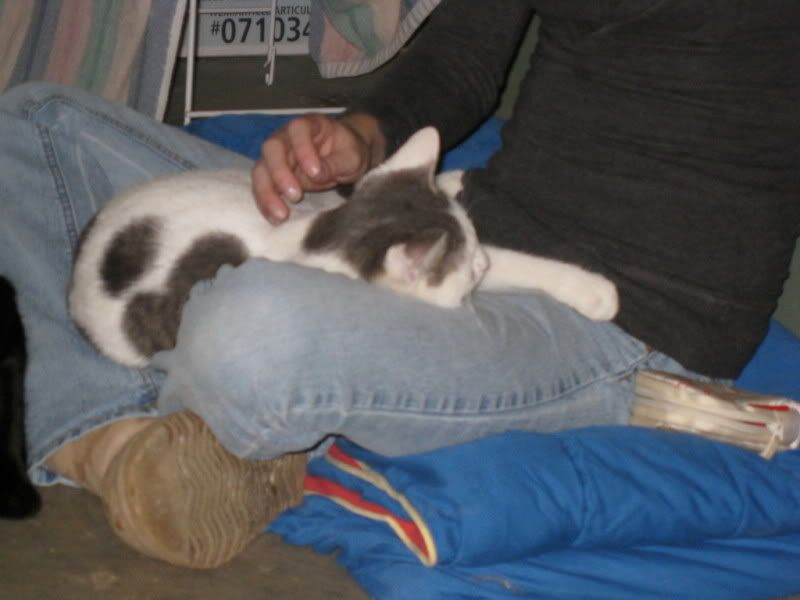
Ensure that there is no way he can get outside, even if for some reason you have allowed him to be an outside cat - he may very well try to "go home" if a door is open to him. Even after you've settled in, make sure he is perfectly comfortable and happy with the house, which may take several days at least, before you open the door for him.
Some cats are perfectly comfortable with exploring a whole new house all at once; others are going to head for the room where you are or a hiding place like a closet, and will venture out very slowly. (The first night at this house, my cats at the time stayed within inches of me and didn't leave the bedroom till I got up the next morning; when Stanley and Galahad arrived here, they boldly left the bedroom within 15 minutes after their arrival; Buster spent 2 days hiding in the mattress and might still be there if I hadn't shut myself in with him and talked to him for 2 hours.)
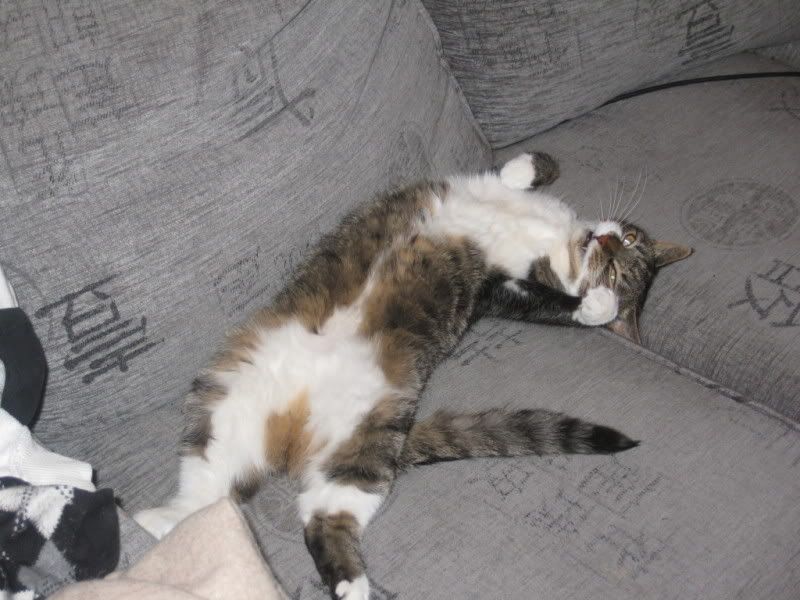
Generally speaking, once the furniture is in place so the smells are familiar, he'll adjust quite quickly; but this is a stressful time for him (as it is for you), so you'll want to be sure to pet him and talk to him frequently, to reinforce that this is a "good thing" and not some frightening punishment. You might even want to "tour" the house with him in your arms, so you can explain to him what's happening.
Note that if your cat is easily stressed, your veterinarian can provide you with a mild tranquilizer to help him cope with the move.
Fluffy is Pregnant 
A female kitten reaches sexual maturity (goes into "heat") between the ages of 6 and 10 months. How do you recognize her "heat period"? This is what you can expect: rolling around on the floor, almost in a frenzy; rubbing her backside against you or any other fellow creature; yowling loudly at the door or window; arching her tail and standing with stiff back legs whenever she is touched. Most veterinarians recommend spaying before the cat goes into her first heat, at around 5 months, for the cat's future health and wellbeing. The heat period will typically last between 4 and 7 days - and will get longer and more frequent if she isn't bred. She will have several (by the second or third time, you will be thinking "MANY") heat periods over the course of a year.
With that said, if Fluffy "somehow" gets outside and finds a mate (you've probably got about 5 minutes to catch her before she does), she will be pregnant for about 9 weeks (between 62 and 65 days). A female can and will mate several times (with every willing male) during her heat period; kittens in the litter, therefore, can have different fathers.
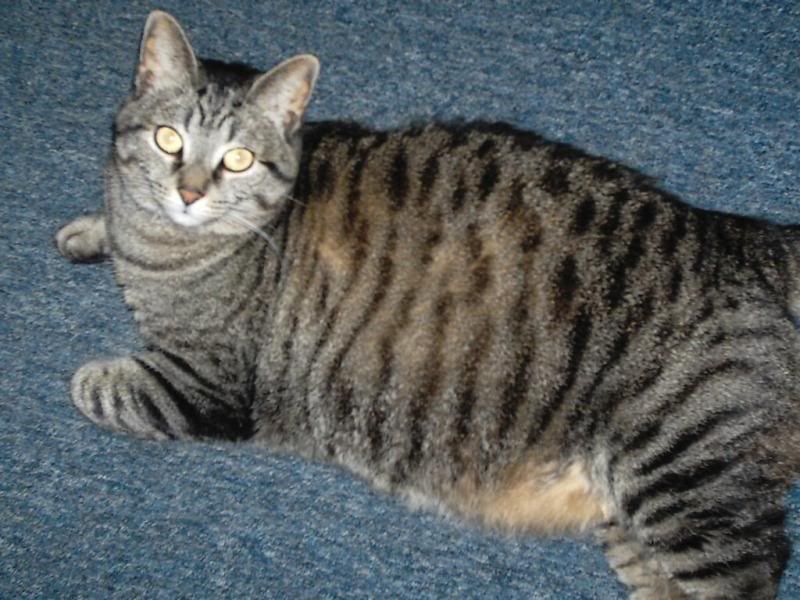
You don't need to do anything special for a pregnant cat, other than keep her safe, comfortable, and out of stressful situations, until the last week or so - then she will need more food and will start looking for a place to build a "nest." You can provide her with an out-of-the-way spot in a closet or back room - but be aware that, especially if this is her first pregnancy, you may wake up to discover her giving birth in your bed.
If the cat appears to be in any distress during the birthing process, call a vet for assistance immediately. If there are no problems, the whole thing will usually be over within an hour or so. And get Fluffy fixed as soon as the kittens are weaned, please.
Bathing Your Cat 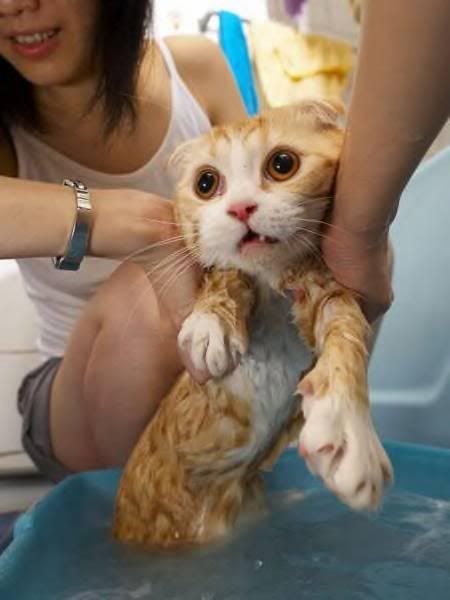
Some of the readers have been sending me this tip that she saw in a cat's magazine years ago: Best way to bath a cat is find an old window screen, place it in the tub or sink, the cat will dig its claws into the screen and stay there the entire time of bathing. I don't know wheather it'll will work or not, but i bathe my cat at my kitchen sink while singing to them.. and it works too, they didn't ran away :) from me, so far
Also see the humorous story Cat Bathing as a Martial Art and the more serious The Gentle Art of Bathing a Cat.
Sloppy Eaters 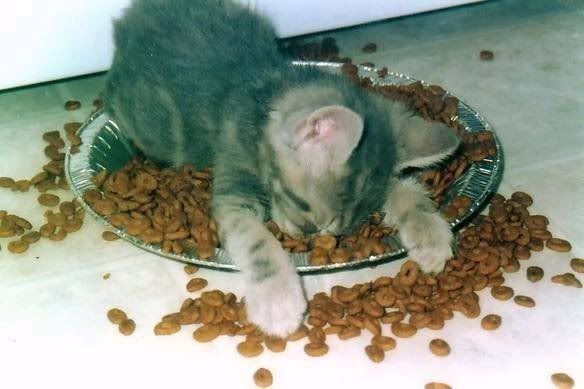
Most of my cats insist on taking the food out of their dishes and dropping it on the floor to eat. Those who don't do it intentionally seem to end up with the same result as well. I tried putting down placemats - that ended up being inconvenient. Then, I bought a vinyl tablecloth (with a bright, multi-color pattern), cut off about 18"-24" along the width, and put that on the floor under the dishes. I'm pleased to report that the floor is much cleaner now, the drops of food blend in with the colors of the tablecloth, and keeping the area clean is a lot easier: I just roll their tablecloth up and shake it out in the garbage can, then wash it off while I'm doing the dishes. I also bought a matching tablecloth for the "peoples' table."
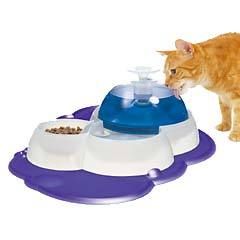
Another "new" thing at our house: a cat drinking fountain! This handy little thing has been worth its weight in gold - the water is always fresh (it recycles through a charcoal filter), the bowl doesn't get hard water deposits, the cats enjoy drinking from it - and the sound of water rushing is very pleasant for all of us!

